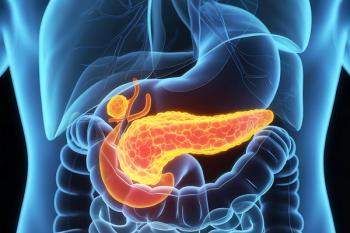
Trace level quantitation of multiple compounds Extraordinary sensitivity in the world's fastest triple quadrupole mass spectrometer
Shimadzu?s new LCMS-8050 triple quadrupole LC-MS/MS meets the growing demand for trace-level quantitation in clinical research and other markets. It incorporates proprietary ultrafast technologies as well as a newly developed ion source and collision cell technology. As the flagship model of Shimadzu?s UFMS (Ultra-Fast Mass Spectrometry) product line, the LCMS-8050 features high sensitivity, high data quality and the world?s fastest data acquisition rates.
Shimadzu’s new
Delivering attogram-level (10-18 grams) sensitivity and possessing unsurpassed ruggedness, the
Newly designed Heated ESI source improves desolvation and enhances ionization efficiency with the addition of a heated gas used in combination with the nebulizer gas
UFsweeper®III collision cell enhances CID efficiency by optimizing the collision cell pressure.
The world’s fastest data acquisition rates
The newly engineered high voltage power supply enables a maximum scan rate of 30,000 u/sec and a 5 msec polarity switching time, making the
User-friendly Operation and Easy Maintenance
The new ion source enables easy changing from ESI to APCI or to dual ionization mode (DUIS)
The LabSolutions LCMS Version 5.60 software provides seamless integration of HPLC and MS control software. An automated MRM optimization routine allows unattended optimization of multiple compounds.
For more information please visit
Newsletter
Join the global community of analytical scientists who trust LCGC for insights on the latest techniques, trends, and expert solutions in chromatography.





